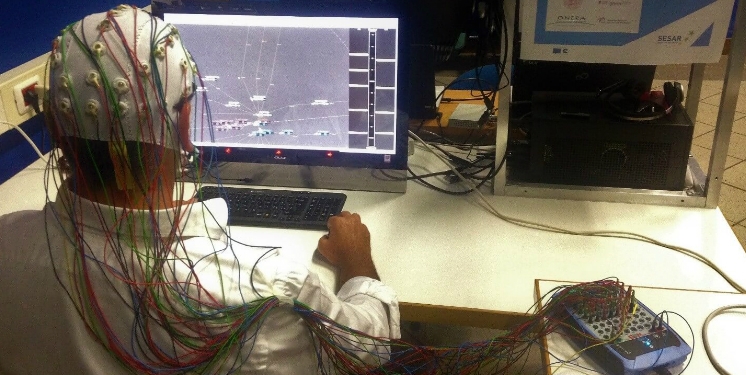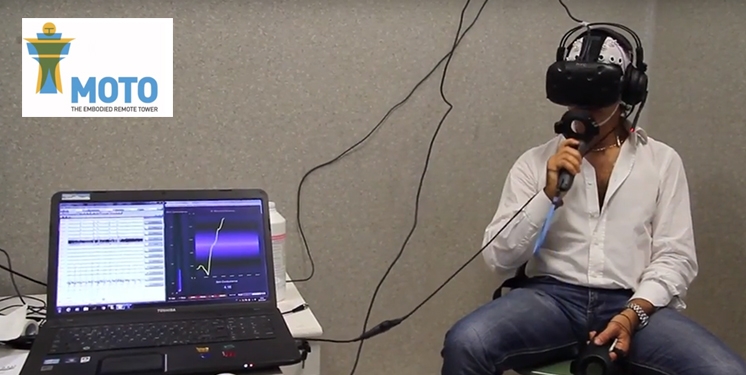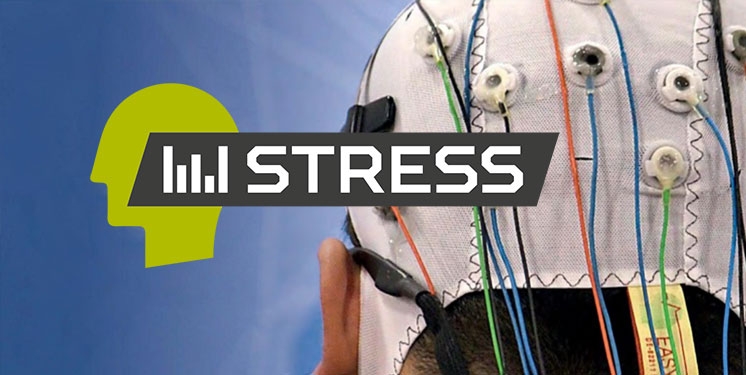MINIMA: mitigating negative impacts of monitoring high levels of automation.
- Written by Gianluca
BrainSigns participated with the University of Bologna in the MINIMA research project, which aims at studying how to mitigate, on flight controllers, the negative impacts of high levels of automation in air traffic control instruments.
The problem could soon become a crucial one, in the operating environments in general and in particular in Air Traffic Control environment. It can be managed by measuring in real time the so-called "Human Factor", also using the most innovative technologies deriving from the neurosciences and BrainSigns’ neuromatrics.

THE PROBLEM
In the operating control environment, there is an increasing tendency at automating the interfaces and systems normally used by operators, with the aim of supporting the operator himself/herself in his/her activities, and thus improving the quality and safety of the service offered.
The Air Traffic Management sector (ATM, Air Traffic Management) is not exempt from this trend, which, however, entails a parallel change in the responsibilities of the operator, whose job is likely to be reduced to the mere supervision of a system that performs tasks in his/her place. Since even artificial systems are not infallible, the supervision of a human being is still necessary, as well as an operator that is ready to intervene in case of need and monitors the occurrence of critical phenomena, such as excessive confidence in the system, or the “mind wandering” (the operator pays no more attention to the operational task, but focuses instead on thoughts and images that are most often disconnected from the surrounding context). The operator, in contexts when there is a strong automation, could suffer the phenomenon of the "Out-of-the-loop" (Mica R. Endsley, 1995), rather than suffering for fatigue.
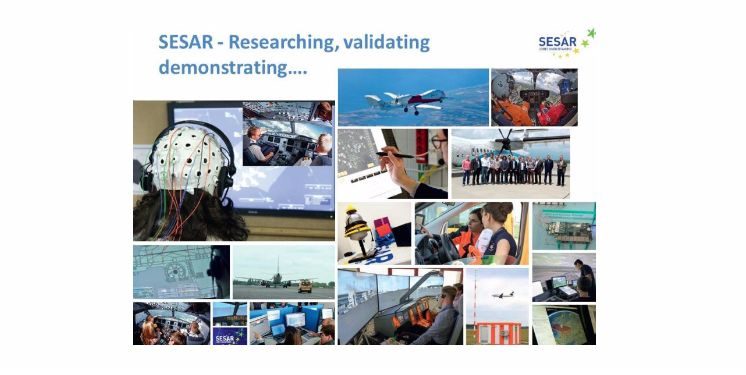
AIM OF THE RESEARCH:
The MINIMA project (MItigating Negative Impacts of Monitoring high levels of Automation), is aimed at developing a system capable of measuring in real time the level of Attention and Vigilance of Air Traffic Controllers, based on their brain and eye activity, thus better adapting the automation level of the ATM interface used and avoiding "out of the loop" phenomena.It is about Adaptive Automation: if the Controller is adequately "alert", the interface will perform most of its functions in an automatic mode. On the other hand, if a significant decrease in the supervision level of the controller is measured, instead, the interface will automatically switch to the manual control of some functions, in order to prevent phenomena such as the Out-of-the-Loop one (that is when the controller temporarily loses awareness of the surrounding environment current state: this would result in a serious and dangerous deterioration of his/her performance).
METHODS USED IN THE RESEARCH:
- Electroencephalogram (EEG)
- Eyetracker
DESCRIPTION OF THE RESEARCH:
The MINIMA project is part of the European program “Horizon 2020”, in particular is under the SESAR Joint Undertaking framework, and sees the participation of the:
- DLR, the German Aerospace Research Center;
- The University of Bologna, and in particular the Department of Industrial Engineering and the Virtual Reality laboratory;
- BrainSigns srl, responsible for recording and analyzing the biosignals, as well as developing the Attention and Vigilance meter;
- ONERA, the French Aerospace Research Center;
- ENAV Spa (National Flight Assistance Agency), provider of professional figures (Controllers) participating in the experimental protocol.
The experimental activity of the research was divided into two phases:
- The first was focused on correlating specific characteristics of the brain activity with changes in vigilance. Five Flight Controllers were involved for a pilot study: their brain activity was recorded through 38 EEG channels and these data were used offline to develop the Supervisory Meter;
- In the second phase of the project, the Meter was validated by recruiting 15 professional Flight Controllers, who were asked to use the ATM interface in two modalities: one completely automatic and one in which the automation level was regulated by the real time measurement of the level of Attention and Supervision of the Controllerhim/herself (Adaptive Automation). The analysis of the data will has the objective of demonstrating that it is possible to effectively adapt the level of automation of the interface, thus increasing the overall level of Supervision and the performance of the Controller, with respect to the scenario with fixed automation at the maximum level. This phase is in progress.
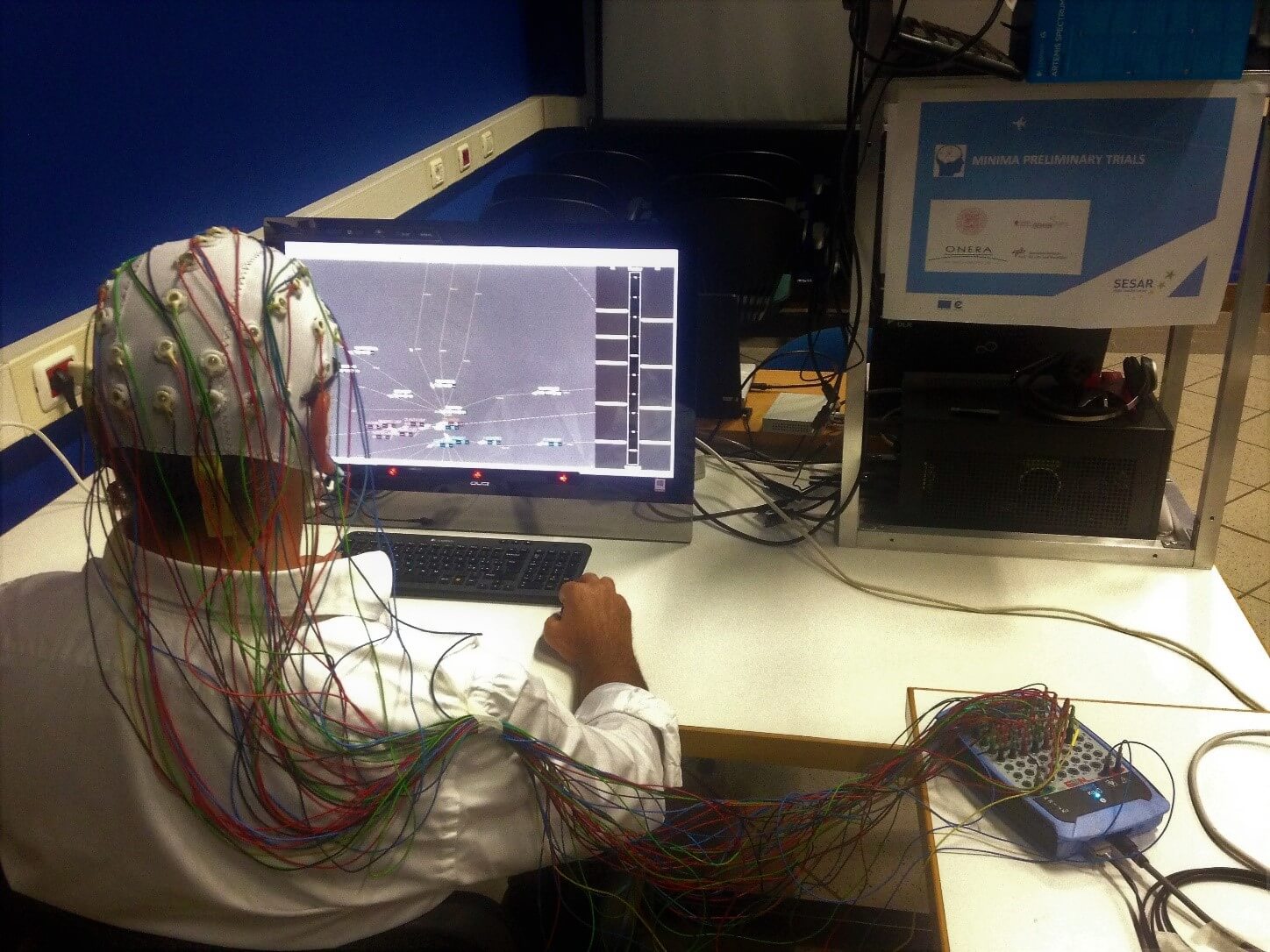
RESULTS OF THE RESEARCH:
The first phase of the project ended with the following results:
- BrainSigns has verified the possibility of recording, even in a highly realistic context, specific features of the brain activity related to the Vigilance status, and with a number of electrodes reduced from 38 to 14;
- BrainSigns has developed a prototype for the real-time measurement of an operator's supervision, based on his brain activity, called the Brain Vigilance Reader (BVR). During the pilot study of the first phase, this meter obtained a correct classification of the supervisory level equal to 80%.
The second phase (Validation) is currently in progress, with the aim of testing the online interaction between BVR and ATM interface, demonstrating if and how this system can be used to improve the machine-human interaction in such environments, with the ultimate goal of increasing service safety standards.






